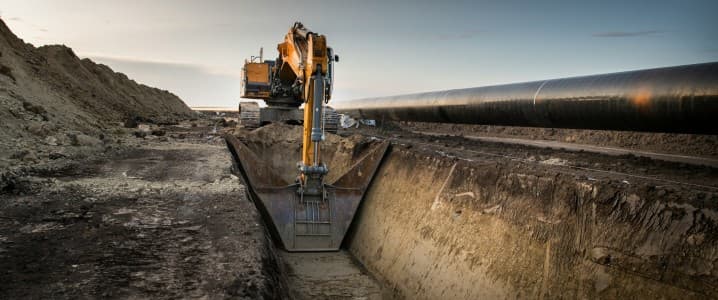The $5-billion East African Crude Oil Pipeline (EACOP), which is planned to export crude oil from Uganda via a port in Tanzania, is now 75% complete, moving landlocked Uganda a step closer to becoming an oil exporter.
EACOP, a controversial pipeline project that has seen a lot of environmental opposition and planning and construction delays, is now about three-quarters completed, according to the Petroleum Authority of Uganda (PAU) as quoted by Reuters.
With pipeline construction progressing, Uganda now aims to begin oil production from its oilfields in its Albertine rift basin in the west in the second half of 2026.
The EACOP project is for a 1,443-kilometer-long (897 miles) pipeline to be built from landlocked Uganda to the Tanga port in Tanzania. The oil pipeline is expected to bring crude from the Lake Albert project in Uganda to the international oil market. It is designed to transport 216,000 barrels of crude oil per day, with a ramp-up of up to 246,000 bpd, Uganda says.
EACOP shareholders are France’s supermajor TotalEnergies with a 62% stake, Uganda National Oil Company Limited (UNOC) with 15%, Tanzania Petroleum Development Corporation (TPDC) holding another 15%, and CNOOC, the state oil giant of China, with an 8% interest.
The Lake Albert region in Uganda is estimated to hold more than one billion barrels of oil and gas resource equivalent. Uganda wanted to develop them under the projects Tilenga, operated by TotalEnergies, and Kingfisher by CNOOC.
Addressing environmental concerns, TotalEnergies has said that both the Tilenga project and the East Africa Crude Oil Pipeline are among its lowest-emission operations, with an average Scope 1 and 2 intensity of 12 kilograms of CO2 equivalent per barrel of oil equivalent. The total carbon dioxide emissions of both over their lifetime are calculated by the company at 13.5 million tons.
By Tsvetana Paraskova for Oilprice.com
More Top Reads From Oilprice.com

